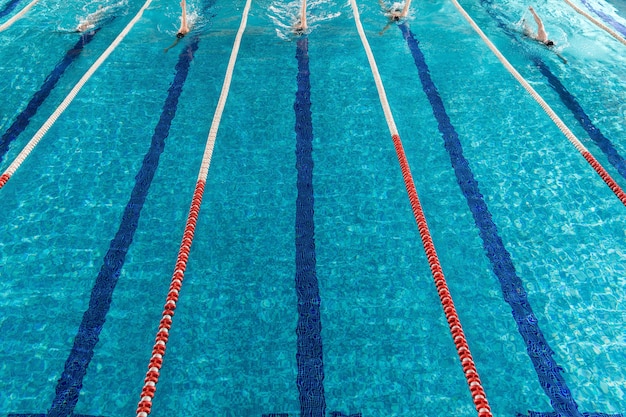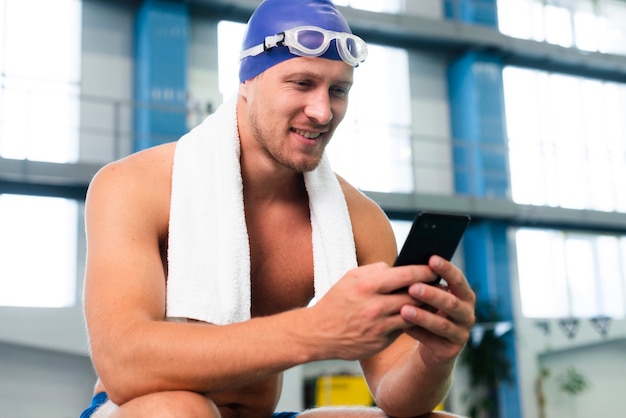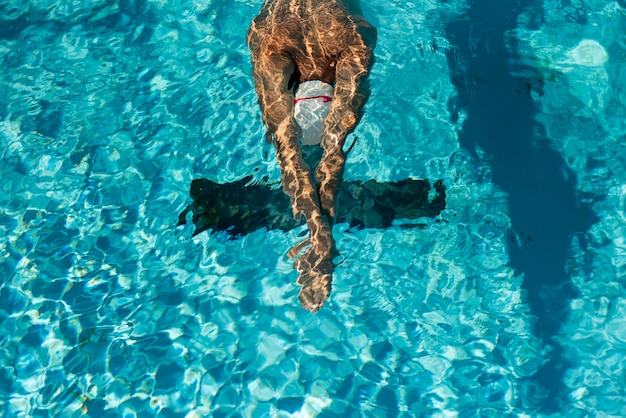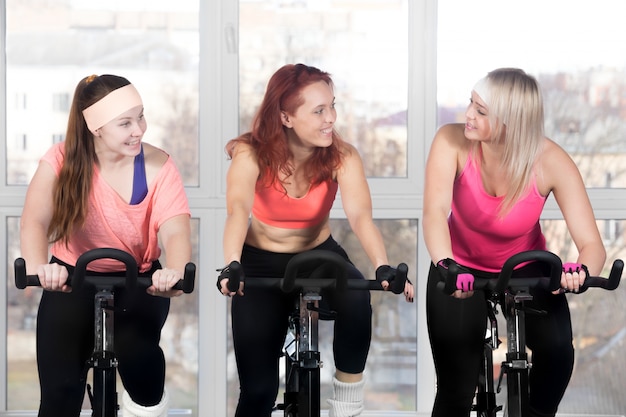45 Smart Swimming Workout Strategies for Busy Professionals: Maximize Results in Minimal Time
Swimming is one of the most efficient full-body workouts available—low impact, high reward, and perfect for time-crunched professionals. But simply logging laps isn’t enough. To truly benefit, you need to train smarter, not harder. This guide delivers 45 actionable, science-backed strategies to help you get more from every swim—without adding time to your schedule.
Why Smart Swimming Beats Mindless Laps
Many swimmers fall into the trap of repetitive, unstructured workouts. They swim the same distance at the same pace, expecting results that never come. The truth? Consistency matters, but so does intention. Training smarter means setting goals, varying intensity, and focusing on technique—key drivers of fitness, endurance, and injury prevention.

Myths vs. Facts: Clearing the Water
- Myth: More laps = better fitness.
Fact: Quality over quantity wins. Interval training and technique drills improve fitness faster than endless steady laps.
- Myth: Swimming doesn’t build strength.
Fact: Water provides natural resistance—swimming engages nearly every muscle group.
- Myth: You need an hour to see results.
Fact: 20–30 minutes of focused swimming, 3x/week, can boost cardiovascular health and reduce stress.
45 Ways to Train Smarter in the Pool
1–10: Optimize Your Routine
- Set a weekly swim goal (e.g., 1,500 meters) and track progress.
- Use a swim watch or app to monitor pace, strokes, and heart rate.
- Warm up with 200m easy swim and dynamic stretches.
- Break workouts into intervals (e.g., 4x100m with 20s rest).
- End with a cool-down to lower heart rate gradually.
- Swim at the same time daily to build habit consistency.
- Prep your gear the night before to save morning time.
- Choose less crowded hours to avoid interruptions.
- Focus on one skill per session (e.g., breathing, flip turns).
- Keep a swim log to track improvements and stay motivated.
11–20: Improve Technique
- Practice bilateral breathing to balance stroke symmetry.
- Use a kickboard to isolate and strengthen leg drive.
- Drill with fins to improve ankle flexibility and propulsion.
- Try catch-up stroke for better timing in freestyle.
- Use a pull buoy to focus on upper-body mechanics.
- Record your stroke with underwater video for self-review.
- Reduce stroke count per lap to increase efficiency.
- Align your body horizontally to reduce drag.
- Keep your head neutral—eyes down during freestyle.
- Engage your core with every stroke for stability.
21–30: Boost Intensity & Endurance
- Try pyramid sets (e.g., 50m, 100m, 200m, 100m, 50m).
- Alternate fast and slow intervals (e.g., 30s sprint, 30s rest).
- Use a tempo trainer to maintain consistent stroke rate.
- Swim against resistance (e.g., drag parachute or tether).
- Include negative splits—swim the second half faster.
- Challenge yourself with time trials every 2 weeks.
- Practice open-water skills (sighting, drafting) in the pool.
- Use heart rate zones to guide intensity (60–80% max HR).
- Combine strokes in one set to prevent overuse injuries.
- Try descending sets—get faster with each repeat.
31–40: Save Time & Stay Motivated
- Do 25m sprints during lunch breaks—just 10 laps take 10 minutes.
- Pair swimming with meditation—focus on breath and rhythm.
- Join a masters swim group for accountability.
- Use music or podcasts (with waterproof headphones) to stay engaged.
- Set micro-goals (e.g., perfect one turn this week).
- Visualize success before entering the water.
- Rotate strokes weekly to avoid monotony.
- Link swimming to a habit (e.g., post-work or pre-dinner).
- Track non-scale victories—more energy, better sleep.
- Take progress photos monthly to see physical changes.
41–45: Prevent Injury & Enhance Recovery
- Stretch shoulders and hips post-swim to maintain mobility.
- Hydrate before and after—swimming dehydrates you too.
- Use foam rolling for tight shoulders or back.
- Rest at least one day per week to allow recovery.
- Listen to your body—adjust if pain or fatigue persists.
How to Adapt for Your Schedule
Busy professionals don’t have hours to spare. The key is flexibility. Can only swim twice a week? Focus on high-intensity intervals. Limited to 20 minutes? Do a 100m warm-up, 8x50m sprints, and 100m cool-down. Use weekends for longer endurance swims. The goal is consistency with purpose.

Final Thoughts
Swimming doesn’t have to be time-consuming or monotonous. With these 45 strategies, you can transform your swim sessions into powerful, efficient workouts that fit your lifestyle. Whether you're aiming to reduce stress, improve fitness, or train for a triathlon, smart swimming delivers results—without the burnout.
Dive in with intention, and let every lap count.

















